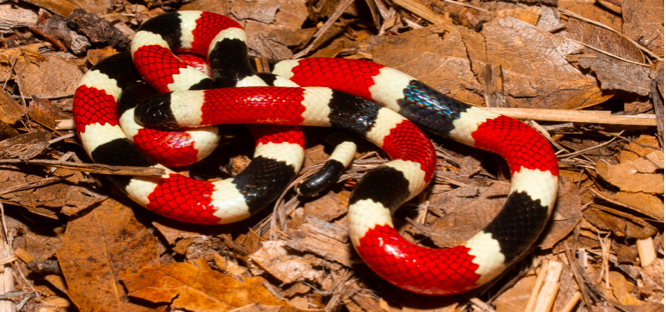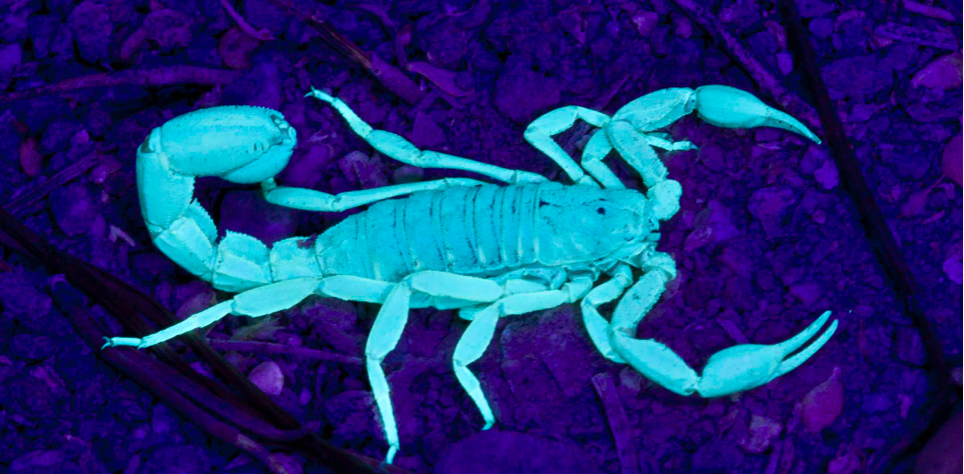September 18 Presentation Changed: The Mohave Rattlesnake (Crotalus scutulatus)

Michael Cardwell will informs us, and debunk misinformation, about the Mohave Rattlesnake (Crotalus scutulatus)
The Mohave Rattlesnake (Crotalus scutulatus) has been commonly characterized in both popular and scholarly publications for decades as the “most dangerous,” most deadly” and the “most aggressive” of rattlesnakes. Its venom is famously neurotoxic in most parts of its range, yet, amazingly, it is also highly variable geographically. Toxicologists have been intensely studying Mohave Rattlesnake venom for more than forty years and it is widely hypothesized that the cocktail of toxins in snake venoms is specifically adapted to each species’ diet and predatory behavior. Even so, almost no effort had been invested in understanding the natural history and ecology of Mohave Rattlesnakes until 2001.
Mike Cardwell, local wildlife biologist and adjunct researcher with San Diego State University, has been using radiotelemetry to study the private lives of rattlesnakes for the past 18 years – including the first long-term field study of Mohave Rattlesnakes. He will discuss the natural history and behavior of Mohave Rattlesnakes, as well as what we know about their venom and the injuries caused by their bites. Along the way, he will describe currently-recommended first aid measures and bust some common myths.
Among his many accomplishments, Mike co-hosted the first Biology of the Rattlesnakes symposium at Loma Linda University in 2005. He is co-editor of The Biology of Rattlesnakes (2008), authored the Mohave Rattlesnake species account for Rattlesnakes of Arizona (2016), and served on the Wilderness Medical Society panel that revised treatment guidelines for pitviper bites in North America (2015). Mike holds an MS degree in ecology, evolution and conservation. His original four-year Mohave Rattlesnake field study was prominently featured in the Animal Planet television series Venom ER.
Meeting Time:
7:15pm
Meeting Place:
City Ward 3 Meeting Room – 1510 E Grant Rd – Tucson AZ 85719
Southeast corner of Grant and Vine between Campbell and Mountain Avenues
Pre-meeting Eats:
Rubio’s Mexican Grill – 2906 N Campbell Ave – Tucson AZ 85719
Northeast block of Glenn and Campbell




